–
–
Well we’re still in Istanbul, though we’re finally leaving this evening to explore more of what Turkey has to offer. It’s been great to have so much time in this fascinating city but two weeks in one place is enough for us. Actually the past month has been pretty relaxing; a week in Lviv (Ukraine) then a week in Kyiv and two weeks here. It’s going to be a shock to put on our backpacks again, though after a session at the post office yesterday they’ll be a whole lot lighter. I finally got rid of my pet rock, Melnik, who I’ve been carrying since the start of Bulgaria about 3 months ago. It’s a long story…
In our second week in Istanbul we visited Dolmabaçe Palace, which was the residence of the Ottoman sultans when they moved out of Topkapi Palace in 1856. They certainly didn’t skimp on decorations, and the rooms are beautiful. Most impressive were those that were designed to impress visiting dignitaries and ambassadors; they dripped with gold leaf, lush fabrics and luxurious French style furniture. On the other hand the rooms of the harem, the residential part of the palace, were relatively plain. Once the palace had been vacated following the fall of the Ottoman Empire, Mustafa Kemal Atatürk had his summer residence here. He was a military officer during World War 1 and is revered as the founder of the modern, secular Turkish nation. The bed on which died in 1938 is watched over by a clock stopped at his time of death.
The palace is on the Bosphorus, the 30km long strait that links the Black Sea with the Sea of Marmara and divides European Turkey from the Asian continent. At its narrowest there is only 700m between the banks and only two bridges cross it. On our way south from Odessa we passed through but we decided to take a sightseeing cruise to see it in a bit more detail and at a slower pace. It has long been a strategic passageway and in a few places along the banks you can see the remains of ancient fortifications. A simple way of controlling shipping traffic was to fasten a chain across the strait, something that was done in at least two places that we heard of. Our ninety minute cruise took us up to where the Black Sea opens up and we spent some time wandering around Yoros Castle in Anadolu Kavağı. Many different peoples have used the strategic location over the centuries and further down toward Istanbul were two fortresses on opposite sides of the water. Anadoluhisarı and Rumelihisarı were used by the emerging Ottoman Empire in their siege of Constantinople (now Istanbul) in 1453 to stop aid reaching the city.
Of course we also visited plenty more mosques but the one that really stood out was Rüstem Pasha Mosque. It was built in 1561-1563 for the Grand Vizier and son in law of Sultan Suleiman the Magnificent. I’m a fan of his nickname – “Louse of fortune” – due to his being found to be infested with lice before his marriage to the sultan’s daughter. He was born to a Catholic Croatian family and taken into service at the Ottoman court through the Janissary system where he worked his way up to the second in command. Only non Muslims were recruited for service to the Sultan as they had no loyalty to other Ottoman nobles (and could be converted to Islam later), and while it initially started out as forced enslavement the perks and opportunities offered to rural village boys soon meant that even Muslim families were trying to sell their sons into the system.
But I’m getting sidetracked. The inside of the Rüstem Pasha Mosque was beautifully decorated with Iznik tiles, a style of pottery made in the town of Iznik in Western Anatolia. The designs are usually on a white background and consist of floral motifs in blue, aqua, red and green. They were highly prized by the sultans and the Blue Mosque is decorated with about 20,000 tiles. Rüstem Pasha Mosque has fewer tiles, being smaller, but they cover almost every surface and make ensure that people knew the wealth and power of Rüstem Pasha. It’s still beautiful today and as we wandered the crowded market streets surrounding the mosque we discovered a corner of Istanbul that we’d been looking for since we arrived. With the call to prayer echoing in the narrow alleyways, chai vendors running between shops with small hourglass shaped glasses of tea, the smell of kebabs wafting through the air and hardly a tourist in sight it was my favourite part of Istanbul so far. Along with the end of the Bosphorus cruise as we sailed back toward the sun setting on a silhouette of minarets and mosques it goes down as a perfect Istanbul moment.
Another day we made it out to Kariye Church, near the old city walls. It was originally founded in the 5th century but the current building is from 1077–1081. The stunning frescoes and mosaics date from about 300 years later and have survived despite being plastered over when the church was converted to a mosque. Nearby was a restaurant dedicated to uncovering traditional Ottoman court cuisine, a task made difficult by the fact that recipes were kept secret. Using the shopping lists of the sultan’s court and records kept by foreign visitors they’ve managed to recreate a selection of delicious dishes. The first reference to the soup Brett ate for entre was in 1469 and it combined chestnuts, dried yoghurt, green pepper, tomatoes and mint. Everything was delicious but we wondered if the sultan sometimes just craved a burger (or the Ottoman era equivalent).
We’ve also spent some time in small teahouses, places people go to smoke nargile, drink tea and play backgammon. Nargile is the water pipe, also known as the shisha or hookah in other parts of the world. A couchsurfer took us for our first experience and we smoked some apple flavoured tobacco which was pretty smooth considering neither of us are smokers. Quite a few Turkish people have told us that smoking nargile is actually worse for you than smoking cigarettes and it’s true. A cigarette only takes a few minutes to smoke whereas a nargile session usually takes about forty minutes. The fact that the smoke is drawn through water means it’s less irritating to your lungs but in fact the smoke loses none of its effects, as we found out when we both buzzed a little.
Another favourite activity is playing backgammon and, determined to take part, Brett and I taught ourselves to play using Wikipedia and Skype. Aaah the powers of technology. Feeling a little more confident we promoted ourselves to an actual real life backgammon set borrowed from our guesthouse and then actually played some real life people who whooped our real life butts. Many times. It was embarrassing, but we did manage to win a couple of times when they were feeling generous. Through the haze of nargile smoke I could vaguely make out the “no smoking” sign as the chai man came around with another tray of steaming tea glasses.
Tonight we take a ferry across the Sea of Marmara to Bursa. It’s Turkey’s fourth largest city but also has plenty of Ottoman era structures. It’ll be nice to be moving again.
Tags: Bosphorus, Dolmabaçe Palace, Istanbul, Kariye Church, Rüstem Pasha Mosque, Turkey
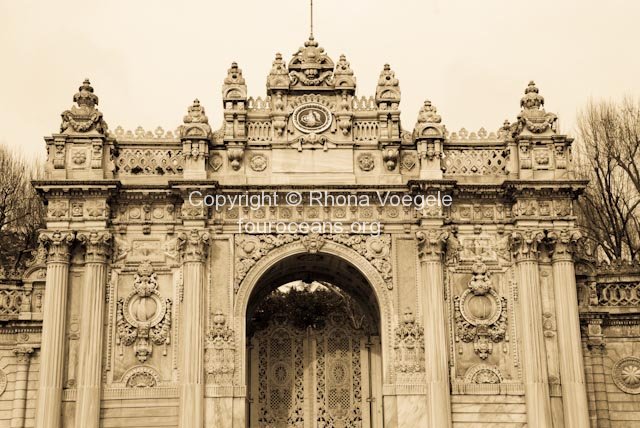
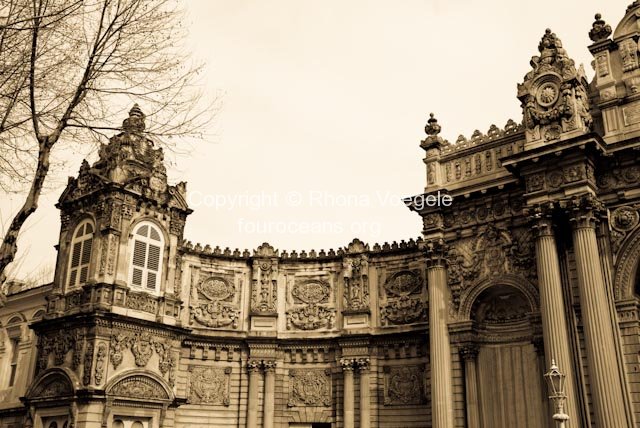
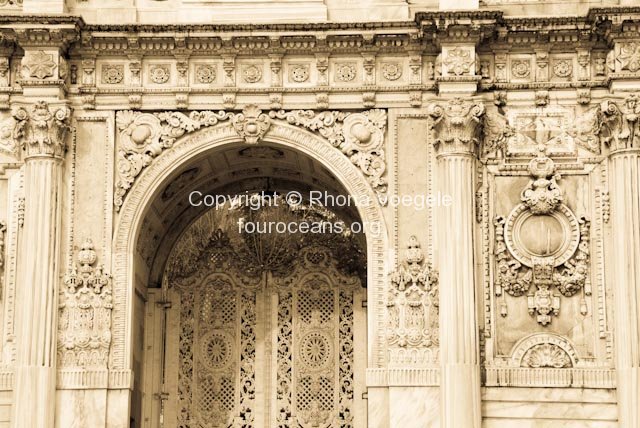
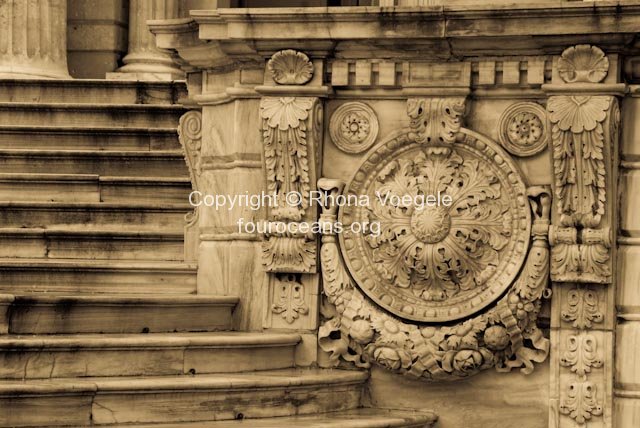
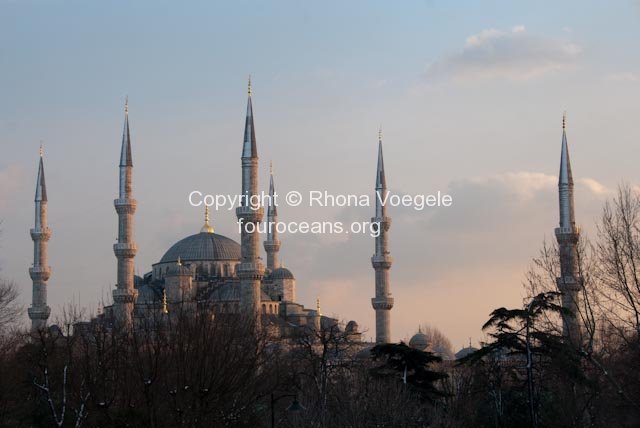
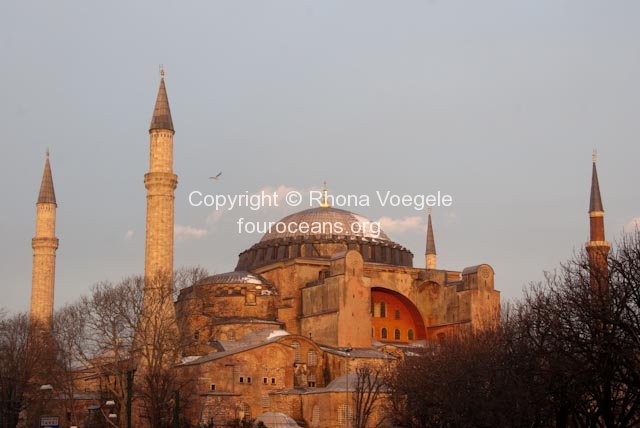
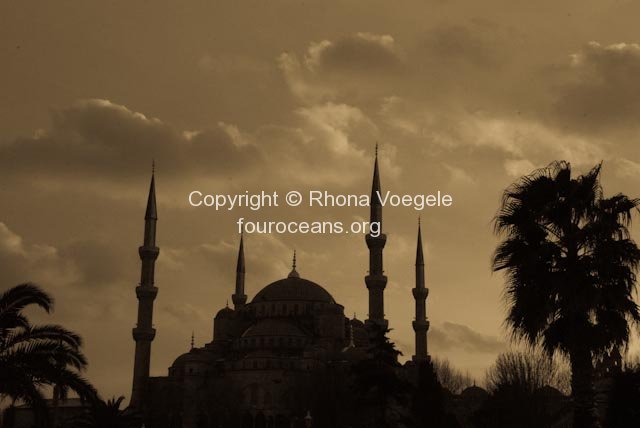
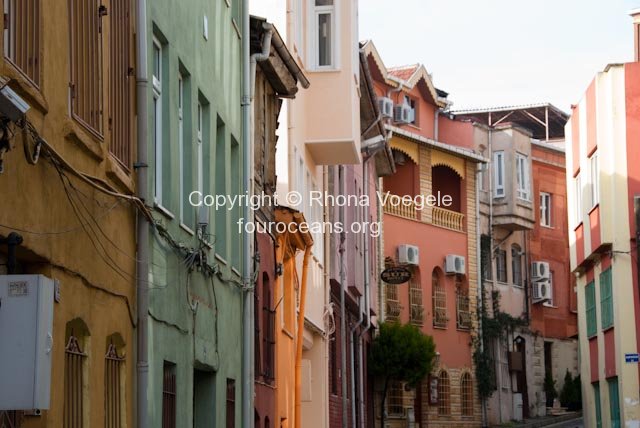
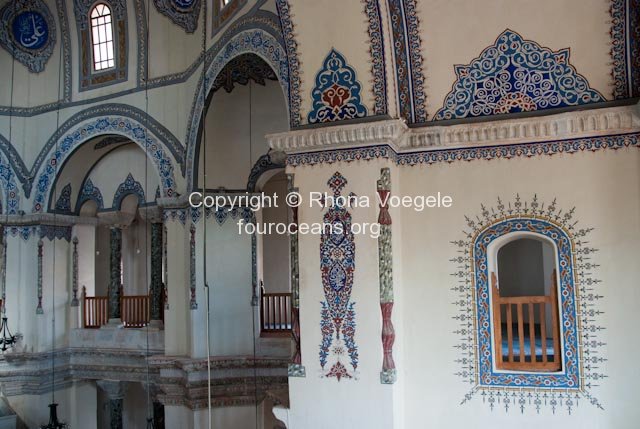
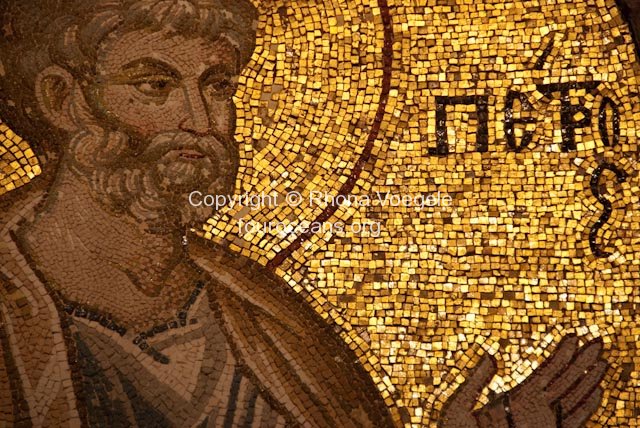
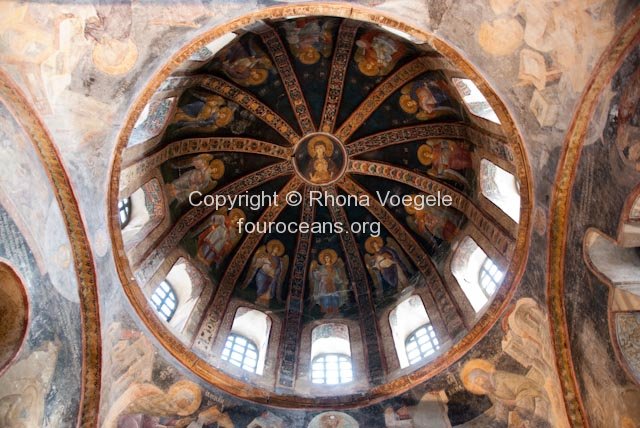
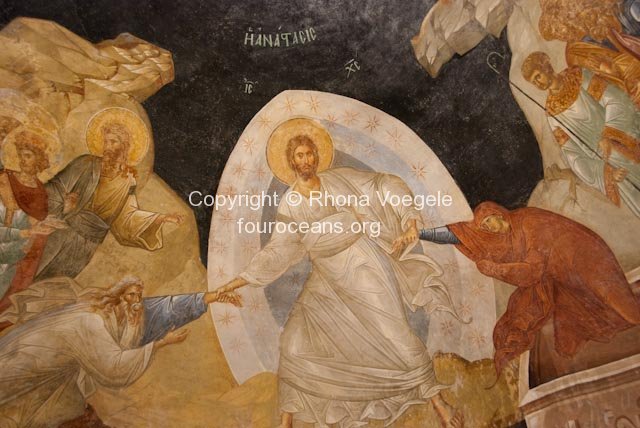
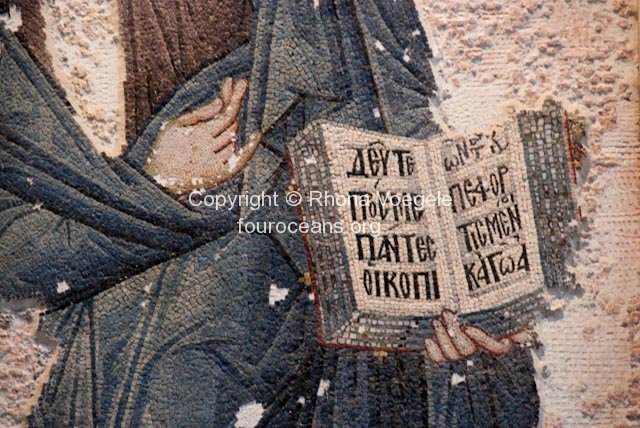
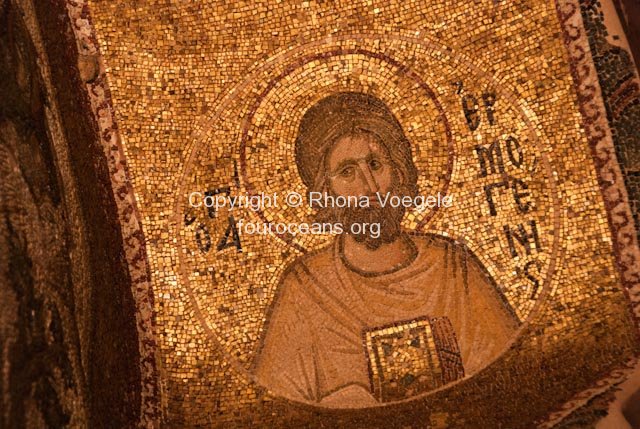
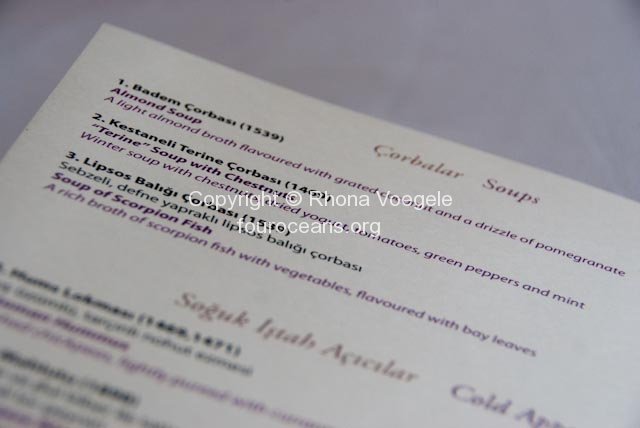
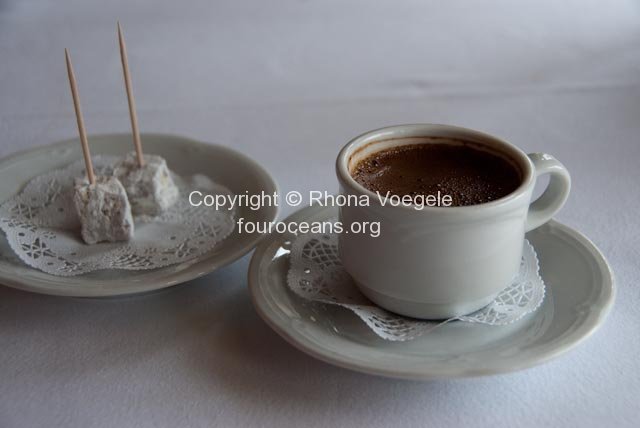
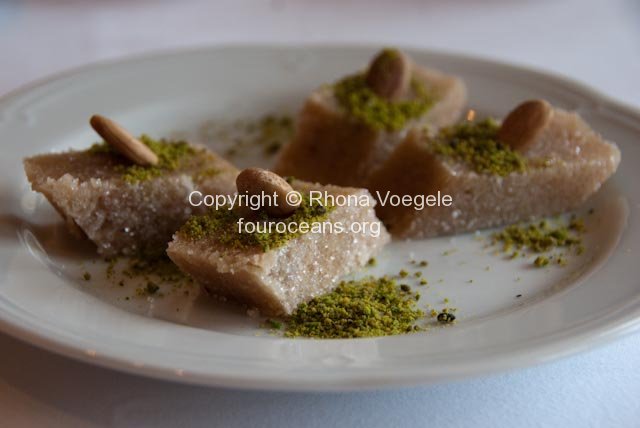
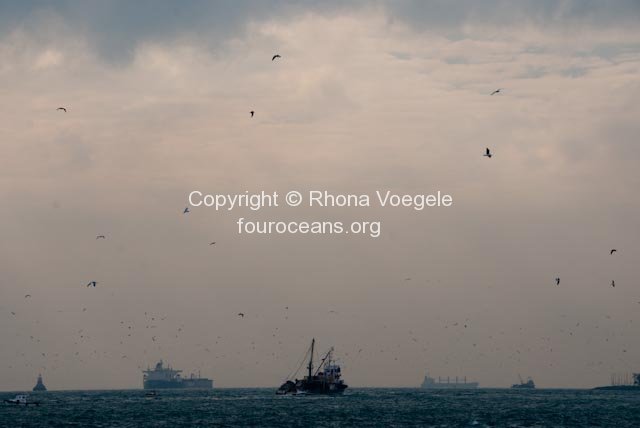
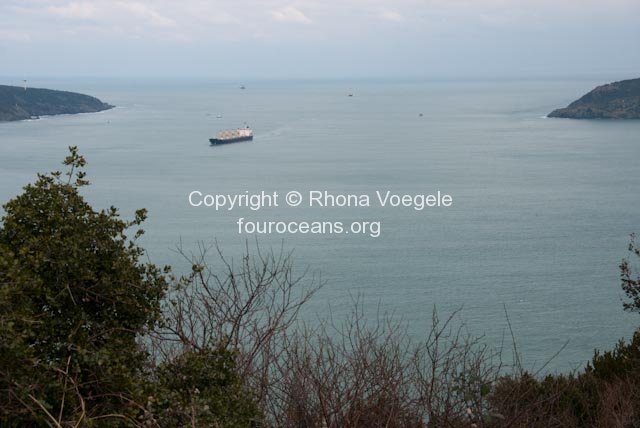
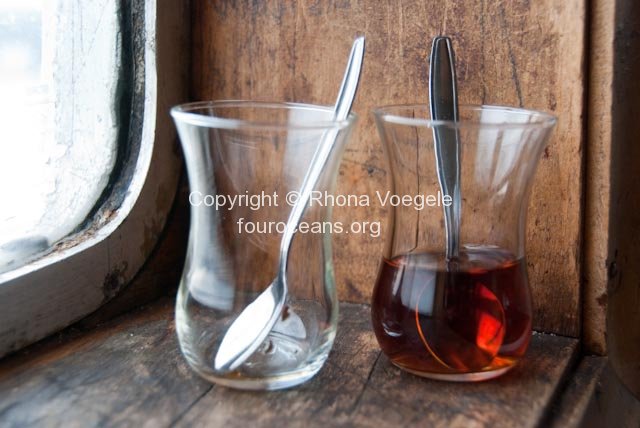
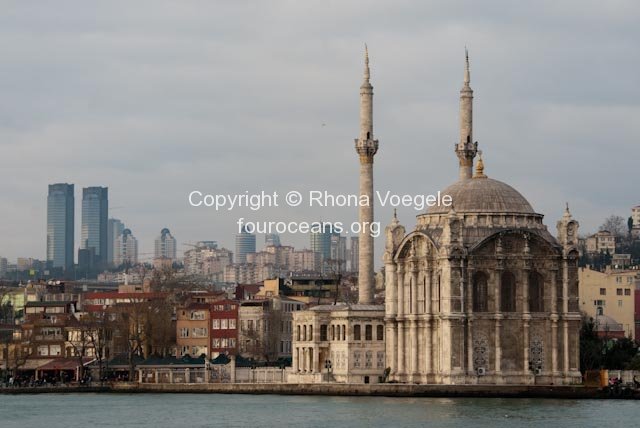
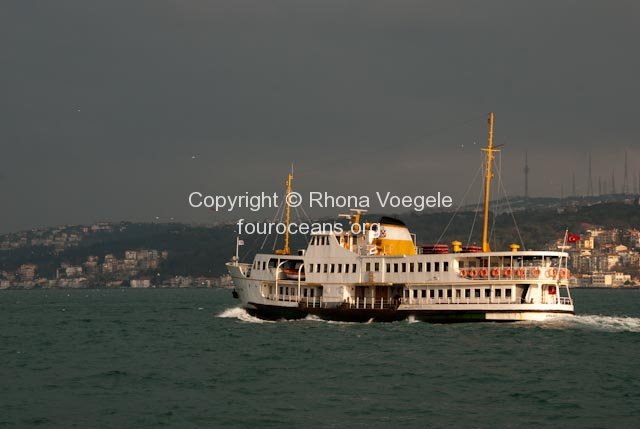
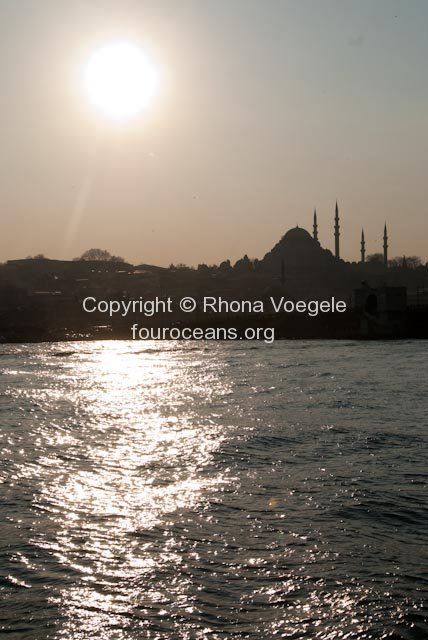
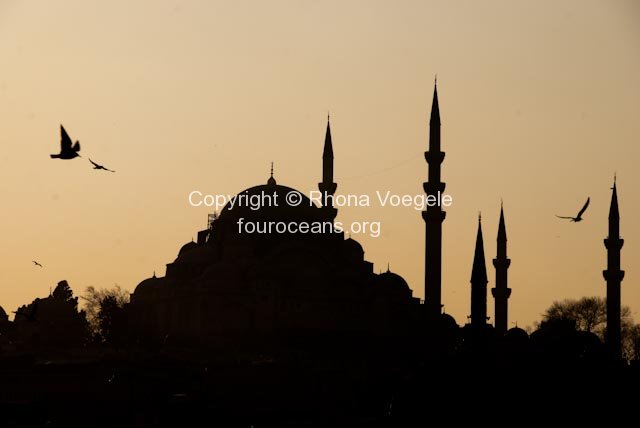
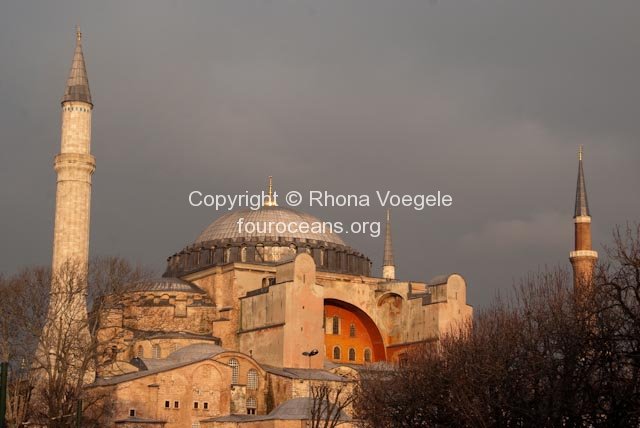
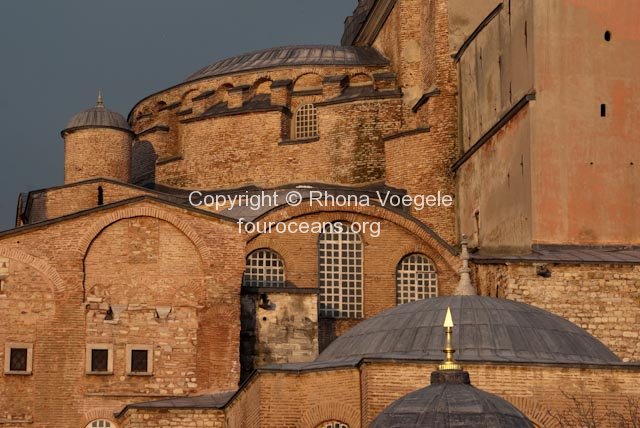
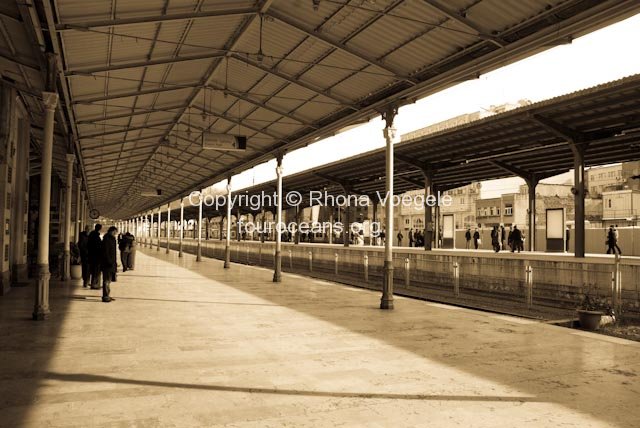
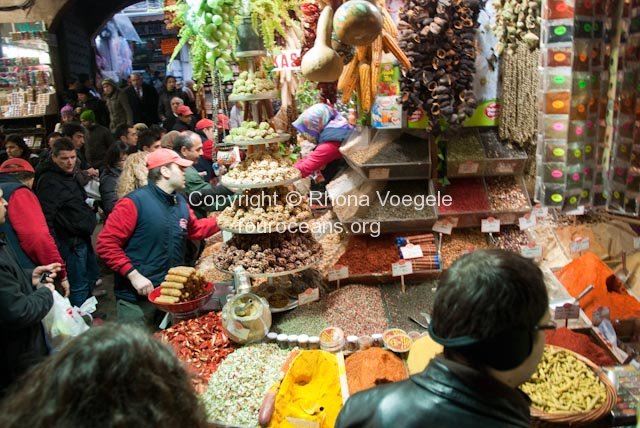
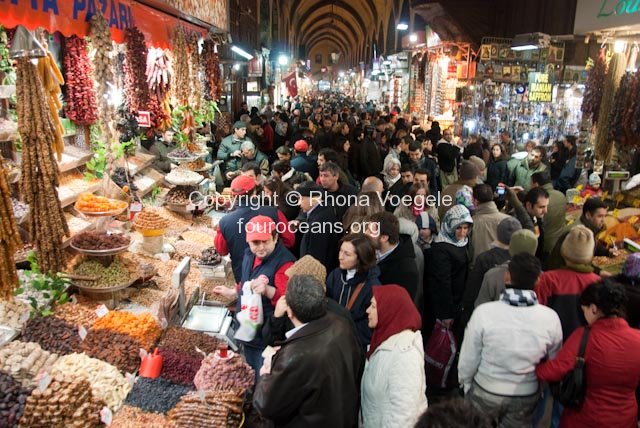
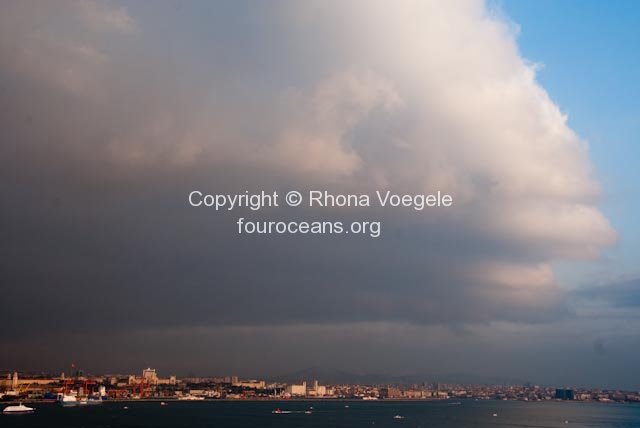

Leave a reply